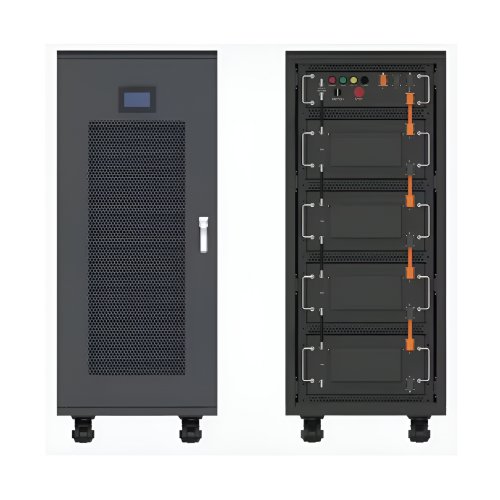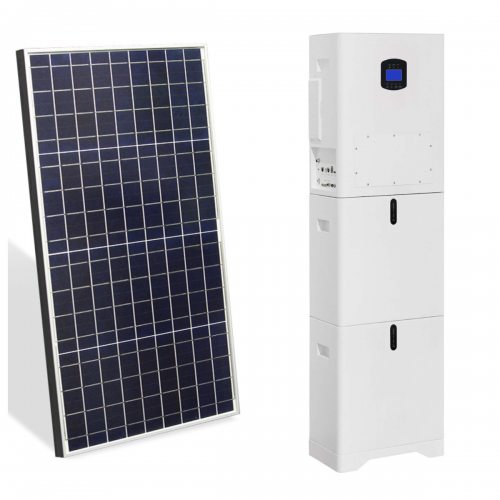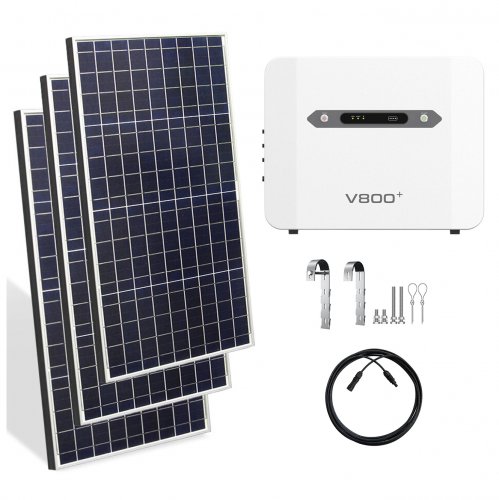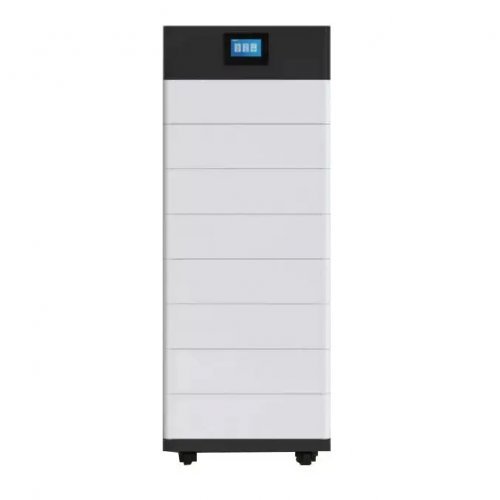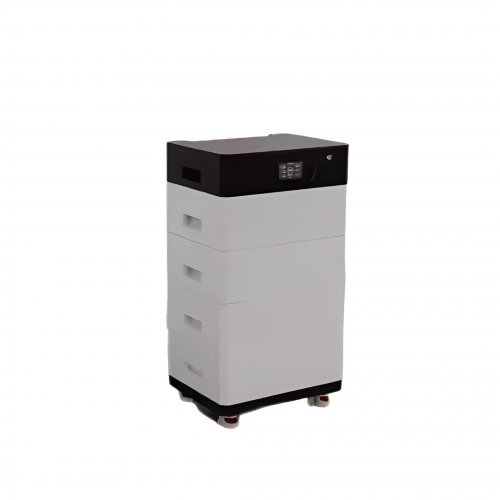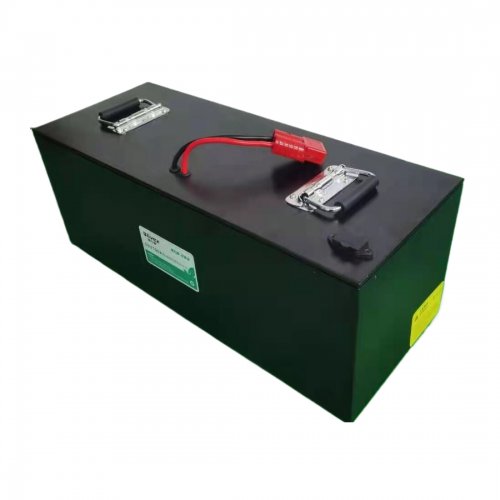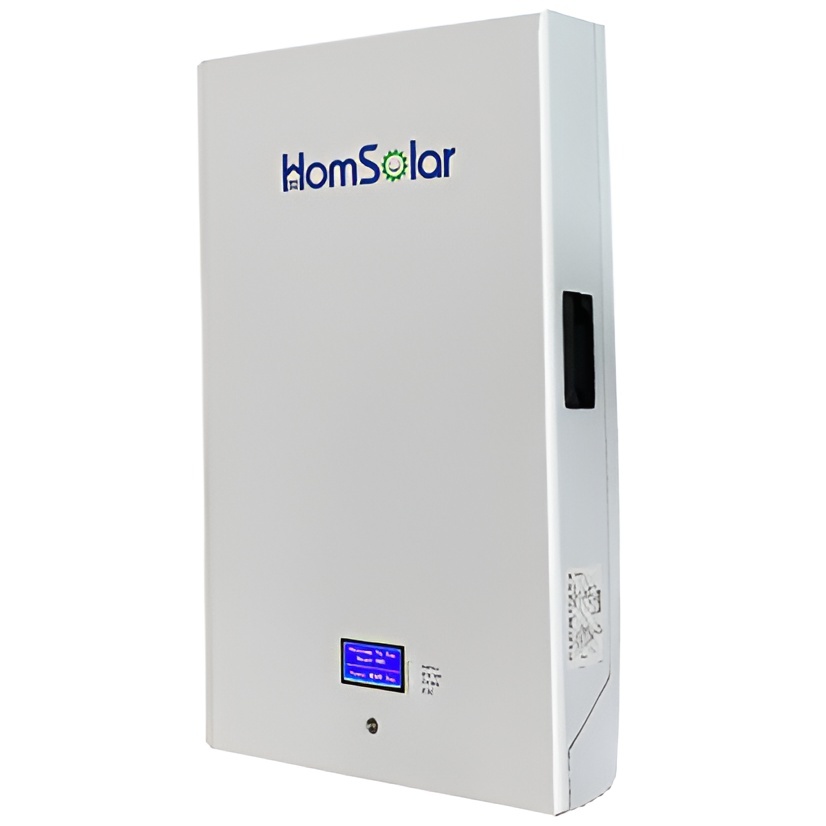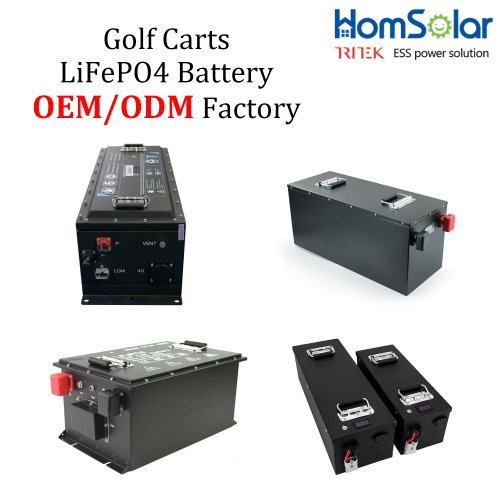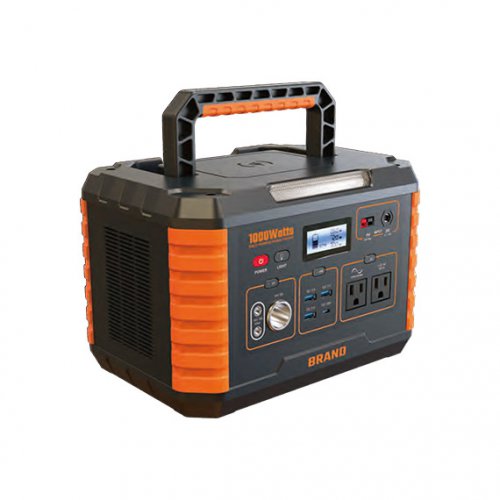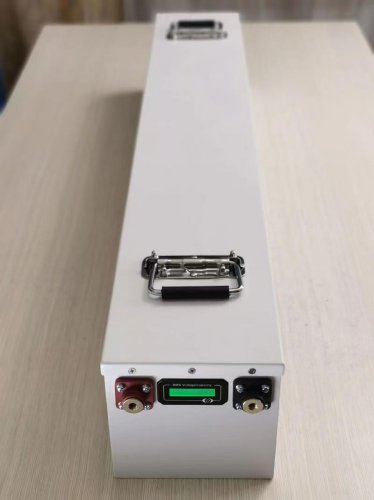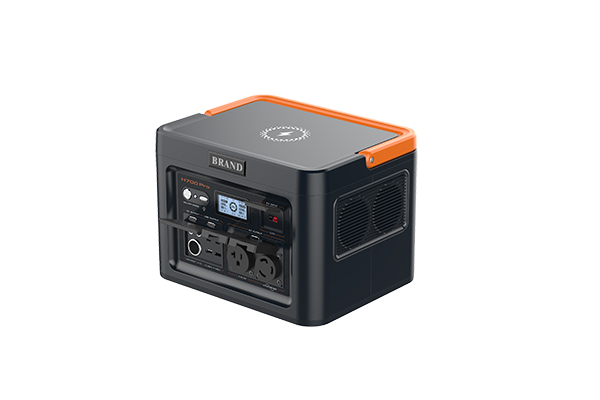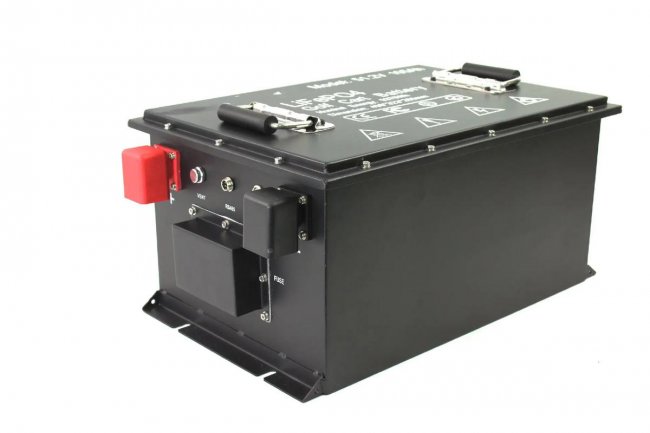How To Use Discharging: A Comprehensive Guide To Safe And Effective Battery Management
The term "discharging" is fundamental to understanding and managing any rechargeable battery system, from the smartphone in your pocket to the electric vehicle in your garage and the large-scale energy storage supporting renewable power. At its core, discharging is the process by which a battery releases its stored chemical energy as electrical energy to power a device. While it seems passive—you simply use the device—how you manage this process is critical to the battery's health, longevity, and safety. This guide will walk you through the principles, steps, and best practices for managing the discharging process effectively.
Understanding the Basics of Discharging
Before diving into usage, it's important to grasp key concepts. During discharge, lithium ions (in Li-ion batteries) move from the negative electrode (anode) to the positive electrode (cathode), creating a flow of electrons through your circuit. This process is governed by two main factors:Discharge Rate (C-rate): This indicates the speed at which a battery is discharged relative to its maximum capacity. A 1C rate means the battery will be fully discharged in one hour. A 0.5C rate would take two hours. High C-rates (fast discharge) generate more heat and stress the battery more than low C-rates.Depth of Discharge (DoD): This refers to how much of the battery's capacity has been used. For example, if you use 80% of a full charge, the DoD is 80%. A lower average DoD generally prolongs battery life.
Step-by-Step Guide to Managing Discharge
Proper discharge management is less about a single action and more about a consistent practice integrated into your device usage.
Step 1: Know Your Battery's Specifications Start by consulting the user manual or manufacturer's specifications for your device or battery pack. Identify its recommended voltage range, optimal DoD, and any warnings about maximum discharge currents. This information is your blueprint for safe operation.
Step 2: Implement a Regular Usage Routine Avoid the two extremes: full 0% to 100% cycles and keeping the battery constantly at 100%. For most modern lithium-ion batteries, the ideal practice is to use the device and recharge it before it drops too low. A common and effective routine is to keep the state of charge between approximately 20% and 80%. Using software settings or smart chargers that alert you at these thresholds can be very helpful.
Step 3: Monitor During High-Drain Activities Be mindful of activities that cause a high discharge rate. Examples include gaming on a smartphone, using maximum brightness on a laptop, or operating power tools at their highest setting. These activities can cause significant voltage sag and heat generation.Action: If you notice the device getting unusually warm during such tasks, take a break. Allow the device and battery to cool down. For devices like drones or RC cars, follow recommended cooldown periods between high-performance sessions.
Step 4: Initiate Recharging at the Optimal Time Do not wait for the device to shut down at 0%. As a rule of thumb, plan to recharge your device once it reaches 20-30% capacity. This prevents the battery from entering a deep discharge state, which can be harmful over the long term.
Step 5: Proper Storage Procedures If you plan to store a device or battery for an extended period, the discharging state is crucial. A fully charged or fully depleted battery stored for months can suffer permanent capacity loss.Action: For long-term storage, discharge (or charge) the battery to a level recommended by the manufacturer, typically around 40-50%. Store the device in a cool, dry place.
Practical Tips and TechniquesMinimize Parasitic Drain: When not in use, turn off your device completely instead of leaving it in sleep mode, especially if the storage period will be more than a few days. Background processes continue to draw a small discharge current.Temperature is Key: Always use and discharge your battery within its specified temperature range. Discharging a battery in a very cold environment can cause irreversible damage, while discharging in a hot environment accelerates chemical degradation and poses a safety risk.Use Power-Saving Modes: Modern devices have power-saving or low-power modes. Activating these modes reduces performance and background activity, effectively lowering the discharge rate and extending your single-charge runtime while being gentler on the battery.Invest in a Smart Battery Management System (BMS): For hobbyists or those using custom battery packs (e.g., for solar power, EVs), a quality BMS is non-negotiable. It actively monitors each cell during discharge, preventing over-discharge, balancing the cells, and protecting against overcurrent.
Critical Precautions and What to Avoid
1. Avoid Deep Discharge at All Costs: Allowing a battery to remain at 0% state of charge, especially for lithium-ion chemistries, can permanently damage its internal structure. Many BMS units have a "sleep mode" that disconnects the battery at a low voltage to prevent this; if this happens, specialized equipment may be needed to "wake" it. 2. Never Exceed the Maximum Continuous Discharge Current: Pushing a battery to deliver more current than it is rated for is extremely dangerous. It can lead to catastrophic failure, including extreme overheating, venting of toxic gases, or fire. Always use a battery that is appropriately rated for your device's power demands. 3. Do Not Discharge a Damaged Battery: If a battery is physically damaged—swollen, punctured, leaking, or overheated—do not attempt to use or discharge it. Dispose of it properly according to local regulations. Using a damaged battery can lead to a short circuit during discharge. 4. Avoid Mixing Batteries: In devices that use multiple cells in series, never mix batteries of different chemistries, ages, or charge states. The weakest cell will be over-discharged by the stronger ones, leading to potential failure.
In conclusion, mastering the art of "discharging" is a proactive endeavor. It moves beyond simply using a device to actively preserving a critical and often expensive component. By understanding the principles, following a mindful usage routine, and adhering to key safety precautions, you can significantly enhance the performance, extend the lifespan, and ensure the safe operation of all your battery-powered devices.
Customized/OEM/ODM Service
HomSolar Supports Lifepo4 battery pack customization/OEM/ODM service, welcome to contact us and tell us your needs.


HomSolar: Your One-stop LiFePO4 Battery Pack & ESS Solution Manufacturer
Our line of LiFePO4 (LFP) batteries offer a solution to demanding applications that require a lighter weight, longer life, and higher capacity battery. Features include advanced battery management systems (BMS), Bluetooth® communication and active intelligent monitoring.

Customised Lithium Iron Phosphate Battery Casing
ABS plastic housing, aluminium housing, stainless steel housing and iron housing are available, and can also be designed and customised according to your needs.

HomSolar Smart BMS
Intelligent Battery Management System for HomSolar Energy Storage System. Bluetooth, temperature sensor, LCD display, CAN interface, UART interface also available.


Terminals & Plugs Can Be Customized
A wide range of terminals and plugs can be customised to suit the application needs of your battery products.

Well-designed Solutions for Energy Storage Systems
We will design the perfect energy storage system solution according to your needs, so that you can easily solve the specific industry applications of battery products.



About Our Battery Cells
Our energy storage system products use brand new grade A LiFePO4 cells with a battery lifespan of more than 4,000 charge/discharge cycles.



Applications in Different Industries
We supply customized & OEM battery pack, assemble cells with wiring, fuse and plastic cover, all the cell wires connected to PCB plug or built BMS.
Applications: E-bike, Electric Scooter, Golf Carts, RV, Electric Wheelchair, Electric Tools, Robot Cleaner, Robot Sweeper, Solar Energy Storage System, Emergency Light, Solar Power Light, Medical Equipment, UPS Backup Power Supply.
We can provide you with customized services. We have the ability to provide a vertical supply chain, from single cells to pack/module and to a complete power solution with BMS, etc.


HomSolar (Shenzhen) Technology Co., Ltd







